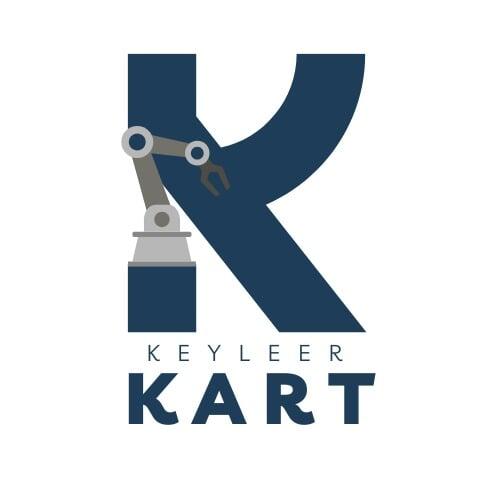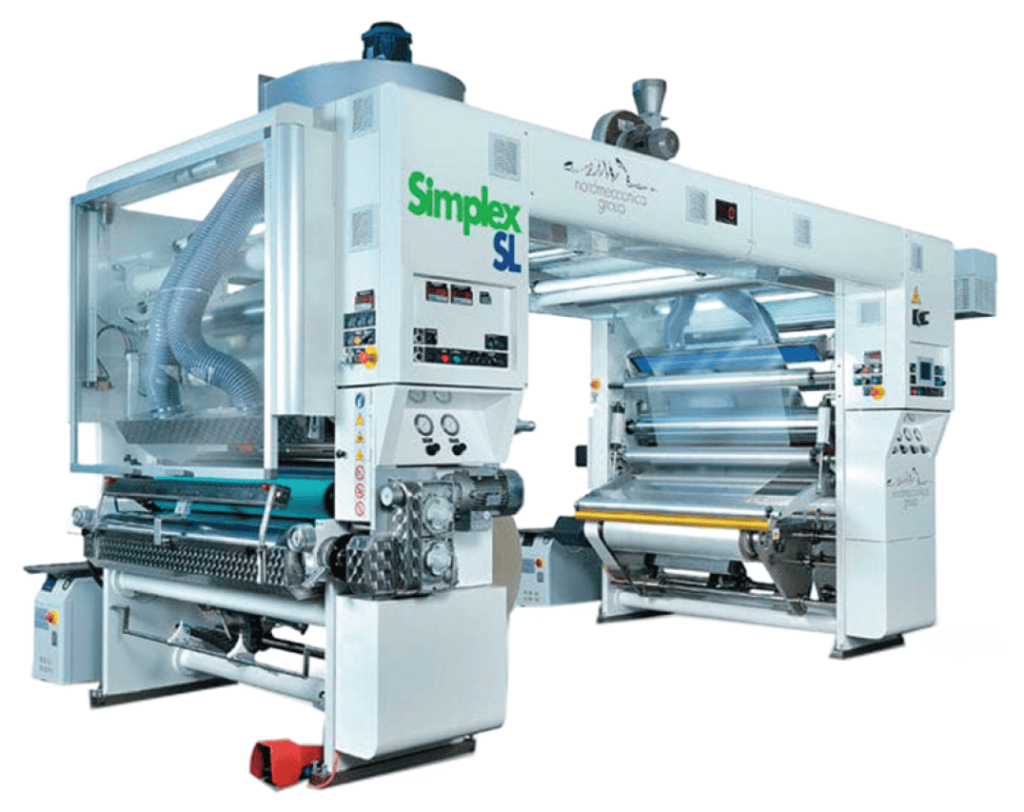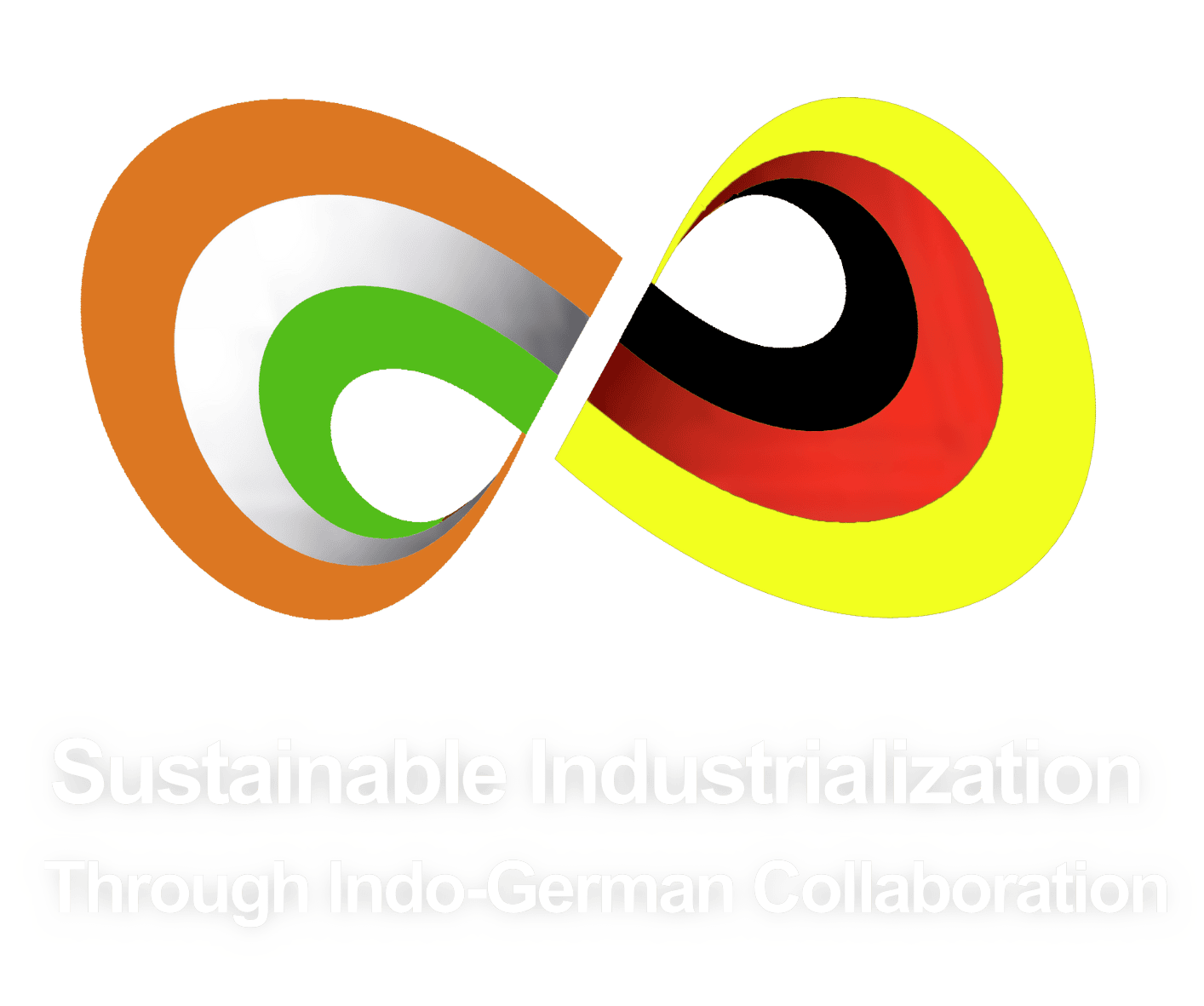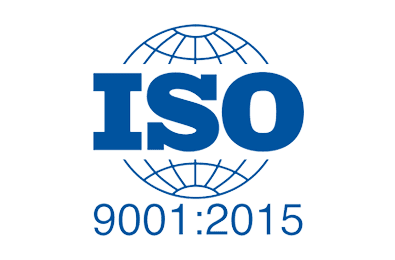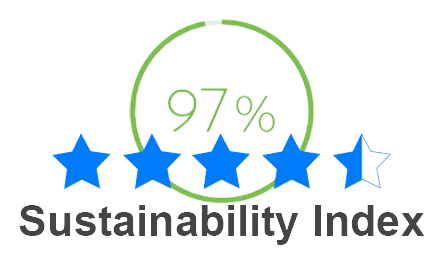A Comprehensive Guide
A Comprehensive Guide
In today's fast-paced world, the packaging industry is continuously evolving to meet the growing demand for flexibility, efficiency, and sustainability. Flexible packaging has emerged as a game-changer, revolutionizing how products are protected, presented, and transported. At the core of this shift are advanced flexible packaging machines, which have driven innovation and elevated productivity to new heights. In this blog, we explore the journey of these machines, their benefits, and why they are pivotal to the packaging industry's future.
What is Flexible Packaging?
Flexible packaging refers to packaging made from materials that can be easily bent, compressed, or shaped. Unlike rigid packaging—composed of materials such as glass or metal—flexible packaging consists of pouches, bags, wraps, and films. Its appeal lies in its adaptability, efficient use of space, and ability to conform to the specific needs of a product, making it a versatile choice for manufacturers.
The Evolution of Flexible Packaging Machinery
Flexible packaging machinery has undergone significant changes over the years, adapting to technological advancements and market demands. Here’s a closer look at how these machines have evolved:
Early Innovations
The early 20th century marked the beginning of flexible packaging, primarily focused on simple bagging and sealing techniques. The machinery used during this time was rudimentary, requiring a high degree of manual labor. As packaging needs grew, so did the demand for more efficient processes, paving the way for further advancements.
Automation and Efficiency
The 1970s and 1980s witnessed a revolutionary leap in flexible packaging machinery with the introduction of automation. Machines like rotary fillers, form-fill-seal (FFS) systems, and automatic sealing mechanisms drastically improved the speed, efficiency, and consistency of packaging processes. This period set the stage for more sophisticated technologies that could handle diverse packaging needs with greater precision.
Smart Technology Integration
The 21st century has brought a wave of smart technologies into the packaging industry. Today's flexible packaging machines are equipped with cutting-edge features such as sensors, real-time data analytics, and automated controls. These advancements ensure higher precision, reducing material waste and enhancing the overall quality of the packaging process. Machines can now adapt to different materials, product types, and production environments, offering unprecedented flexibility to manufacturers.
Sustainability Focus
In recent years, there has been an industry-wide shift towards sustainability. Manufacturers of flexible packaging machinery are now focused on creating machines that align with eco-friendly initiatives. These machines use sustainable materials and processes, helping to minimize the environmental impact of packaging operations. As global concerns around sustainability grow, packaging companies are integrating these green technologies to stay competitive and meet evolving consumer preferences.
Benefits of Modern Flexible Packaging Machinery
The latest flexible packaging machines offer numerous advantages to manufacturers, including:
- Increased Efficiency: Automated processes ensure faster production times and consistent packaging quality.
- Cost Savings: The use of materials and processes that minimize waste leads to lower production costs.
- Enhanced Versatility: Flexible packaging can be tailored to meet a wide range of product requirements, offering adaptability for different industries.
- Sustainability: Eco-friendly materials and energy-efficient machinery contribute to a reduced carbon footprint, addressing the rising demand for green solutions.
Conclusion
Flexible packaging machinery has evolved from basic manual systems to advanced, technology-driven solutions that define modern packaging practices. With its ability to boost productivity, reduce costs, and align with sustainability goals, this machinery is central to the industry's ongoing transformation.
As technology continues to advance, flexible packaging machinery will play an even greater role in reshaping the future of packaging. For manufacturers looking to enhance their processes or consumers curious about the innovations behind their favorite products, the evolution of flexible packaging represents a field filled with exciting possibilities.
Stay tuned for further updates as this ever-evolving industry continues to innovate and set new standards in packaging.
